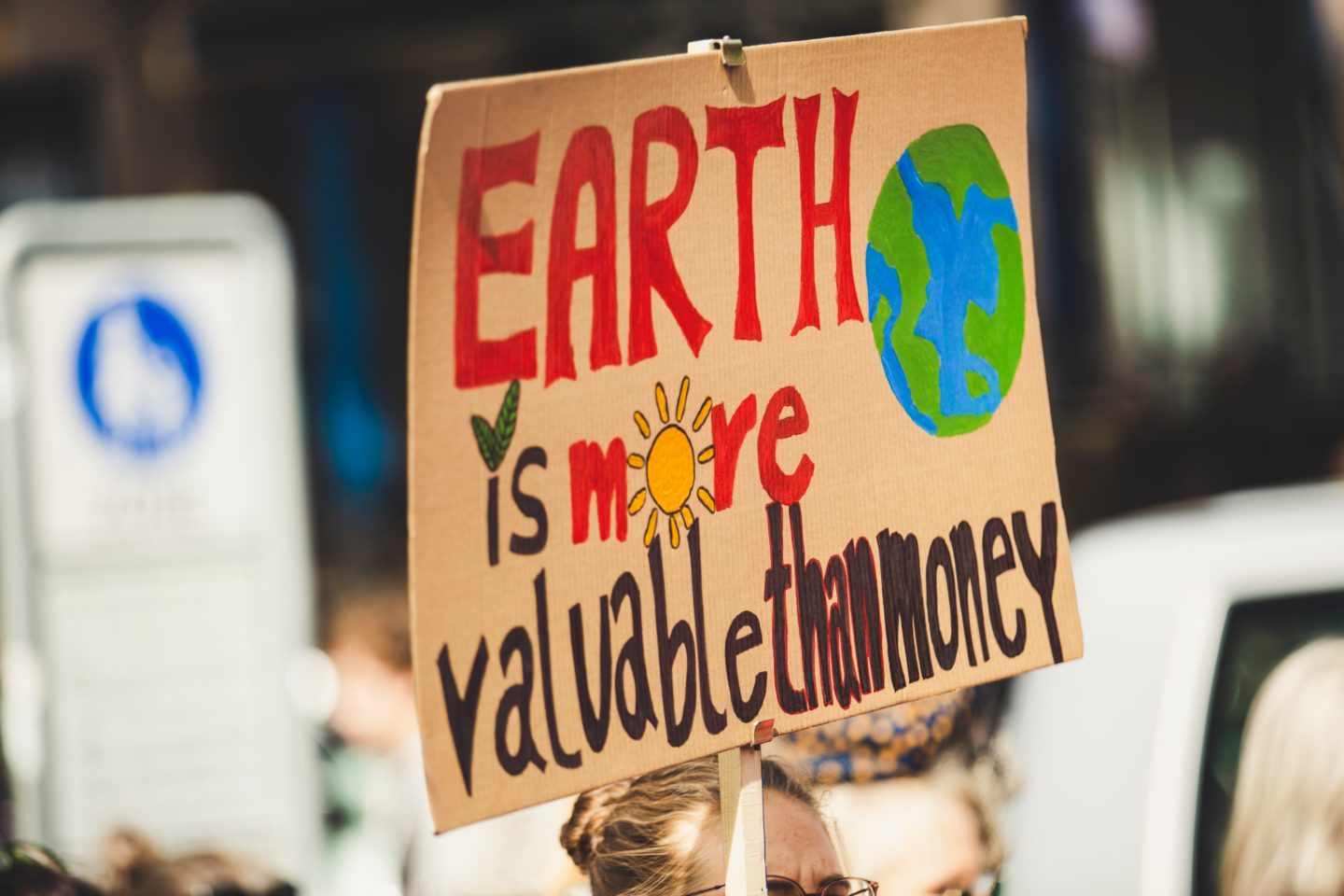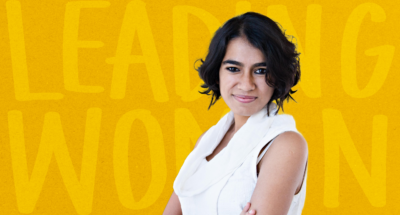Since they were drawn up in 2015, the UN’s Sustainable Development Goals (SDGs), with their systemic approach to meeting the world’s most pressing social, economic, and environmental challenges, have been a clear call to action for transformative change.
But equally importantly, they have also presented an opportunity for private companies to drive change too, particularly in the area of driving societal-wide change in how economies function.
Despite this, business adoption of the goals has been patchy. Some companies have started using the SDGs to guide their actions in various ways – for example, linking their environmental, social, and governance (ESG) strategies to one or more of the goals, or highlighting the way in which their activities or products are aiding the realization of one more of the goals. Others have found them useful as a common language allowing for communication across sectors, facilitating new partnerships and explaining their corporate contributions to society.
Our research
Academic research to date has suggested some ways in which businesses are linking science with business action to contribute to realizing goals, and it appears that by embedding them in corporate strategies the SDGs may have potential to drive innovations and systems change. Overall, however, the ways in which companies can strategically pursue the SDGs remains unclear. In particular, research by us found little information about how collaborations formed since the launch of the SDGs had led to businesses playing a role in moving the world toward achieving the 17 goals.
Because of this, we decided to explore whether private companies could find ways of harnessing the aspirations embodied in the goals to innovate new solutions, either by themselves or through working with other actors, public or private, in some form of cross-sector partnership or multistakeholder initiative.
For our program of research, we interviewed two groups of people. First, sustainability directors and managers at 21 leading companies in Denmark and Switzerland that were already exploring ways of applying the SDGs, typically by associating them with pre-existing sustainability initiatives. And second, leaders at four intriguing Danish innovation platforms conducting SDG-related activities: UNLEASH, an innovation lab focused on encouraging global collaborations for SDG solutions, Hello Science, which promoted collaborations to accelerate SDG impact through to 2019, Fra Filantropi til Forretning (“From Philanthropy to Business”), set up as a temporary initiative to help companies find the tools, insights and motivations they needed to work with the SDGs, and SDG Accelerator, an accelerator program for SDG-related business solutions.
Though the platforms operate in different ways, they were all set up for the same set of reasons. Firstly, because individual firms were experimenting with innovative SDG-related products, services or processes, it seemed to be worth exploring whether open platforms could facilitate collaboration between companies and better encourage sustainability innovation around the SDGs. Secondly, to find ways of working with those firms to translate that collaboration into concrete solutions around the SDGs. And thirdly, to see if the social and environmental value that emerged from their projects could be scaled in ways that would form to a new business landscape.
Platform benefits
Each of the platforms had been operating for around two to three years at the time we spoke to them, giving them enough time to work with a range of businesses and allow participants to draw a range of conclusions.
On the negative side, the platforms highlighted the various challenges facing efforts by business to integrate the SDGs into their operations. One of these was the scale on which the SDGs operate: given the goals’ encapsulation of our planetary sustainable development challenges, it is difficult to evaluate appropriate and effective organization-level action. On a practical level, the avenues and processes through which companies can strategically pursue the SDGs remain unclear.
A lack of evidence was another problem. With just a handful of years having passed since the SDGs were announced, it was (and still is) too early to know what works; we lack the key performance indicators across the SDGs that could tell us how a company is progressing in applying them.
The general lack of clarity arising from these factors has also led to some organizations being uncertain about what participating in a platform might involve and how they should behave in such an environment. Without evidence-based impact assessment tools, it is hard to monitor the implementation of the SDGs within organizations.

Offsetting these drawbacks, however, were a significant number of benefits. The most basic of these was helping companies make the SDGs more concrete by integrating them into their business activities. That could mean giving startups the support necessary to convert existing, new, or emerging products or services into ones that address the challenges of the SDGs. Or it could mean offering a space for where units of existing companies could find ways of acting faster and becoming more agile in developing sustainability-related products, services, technologies, and approaches that could then be shared more broadly with their parent organizations. In return, platform owners were able to learn about new technologies or business models with potential for their own core businesses.
For all participants, the platforms served as engines to accelerate innovation through the establishment of partnerships with other organizations, while for successful products or services the platforms also served as engines for scaling.
Beyond helping companies with their products and services, the platforms also offered ways of contributing to changing the business landscape by extending SDG measures inward within partner companies and outward to the wider business landscape. Several platform representatives told us that participating in the platforms had proved a powerful force in changing the “soft values” or “mentality” of companies to becoming more aware of the SDGs and how they could be harnessed to transform strategic thinking.
Coping with complexity
The ambition and global scale of SDGs presents organizations seeking to help realize them with multiple layers of complexity. As a result, many businesses that want to contribute struggle to develop new projects that can help bring about the societal level change needed to achieve the SDGs.
Under these circumstances, we need to find as many ways to move forward as possible. Collaborative SDG platforms provide one such way by helping companies make the shift to developing products and services that go beyond being sustainable to being impactful.
With their multiple stakeholders, they allow smaller businesses to minimize both their investments and risk exposure. They can help companies reorient themselves from their traditional focus on outputs, such as new products or services, to outcomes, such as new partnership opportunities or innovation potential. And they offer a way for the platform owners to internalize knowledge and grow their own commitments towards strategic sustainability, but also to trigger change in the wider business landscape.
The concern has to be that with 2030, the UN’s target date for realizing the SDGs, less than eight years off, progress so far has been slow. Yet, as our research demonstrates, some of the changes the SDGs have stimulated are not obvious from the surface. Further research is merited into ways in which the goals can be used to bring attention to innovations and solutions that can help to accelerate change.
This article is based on the co-authors’ research article, “SDG Platforms as Strategic Innovation Through Partnerships“, which was published in the Journal of Business Ethics, August 2022 (e-publishing before print).







